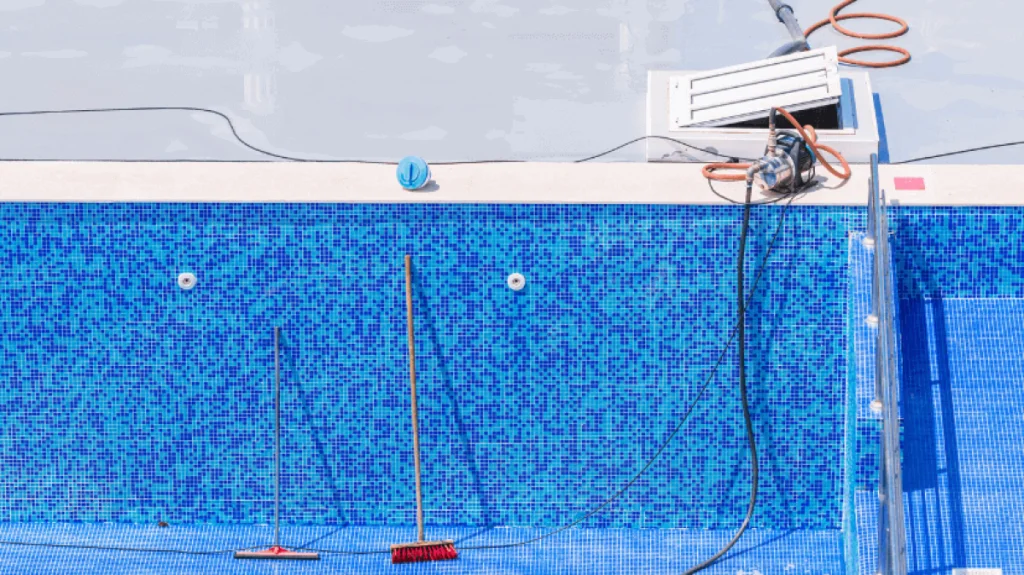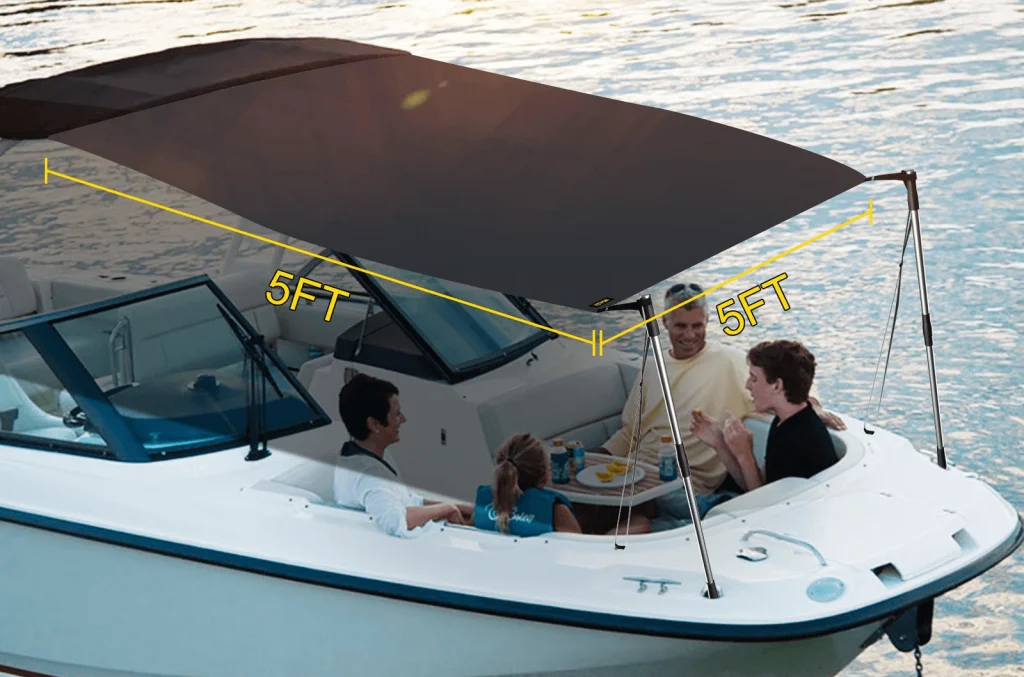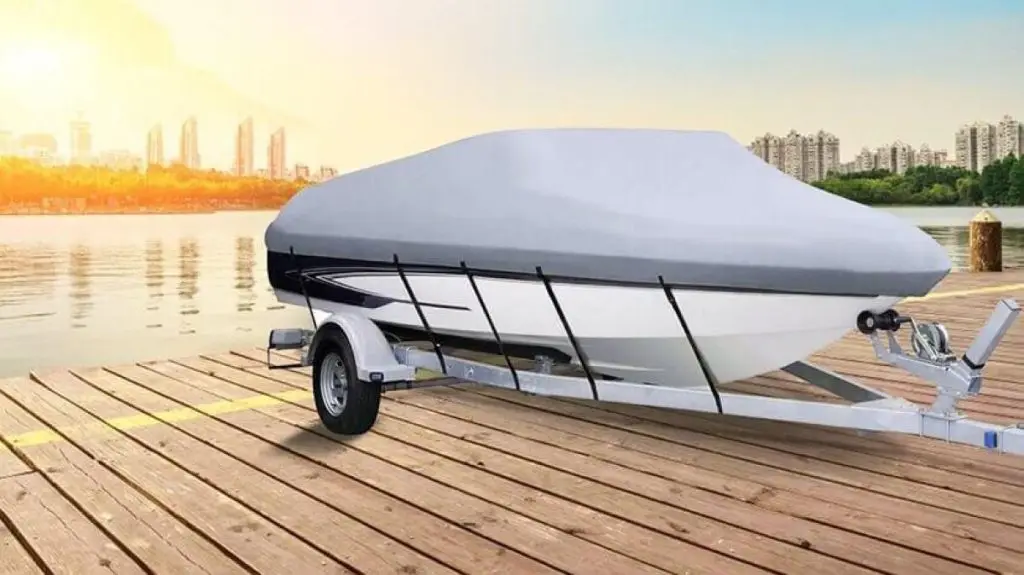Having a pool in your backyard is a great way to relax and have fun on hot summer days. But with a swimming pool comes the responsibility of keeping it clean and safe, which starts with finding the right pool filter for your needs. In this article, you’ll be exploring the different types of pool filters available – cartridge, sand, and diatomaceous earth (DE) filters – to help you make the right decision for your pool.
What is a Pool Filter?
A pool filter is a crucial component of a swimming pool system that helps to remove impurities and debris from the water, ensuring clean and safe swimming conditions. It plays a vital role in maintaining water clarity and hygiene.
The working principle of a pool filter involves the circulation of pool water through a filtration medium that captures and retains contaminants.
Sand filters contain a bed of fine sand as the filtration medium.
As water passes through the filter, the sand traps debris and particles, allowing clean water to return to the pool. Over time, as the sand becomes clogged with impurities, it needs to be back-washed, which involves reversing the water flow to flush out the trapped debris.
Cartridge filters use a pleated cartridge made of paper or polyester fabric as the filtration medium. The cartridge’s fine pores capture dirt, debris, and particles as water flows through it. Cartridge filters have a larger surface area, allowing for effective filtration. When the cartridge becomes dirty, it must be removed, cleaned, or replaced.
DE filters utilize a fine, powdery diatomaceous earth as the filtration medium. DE is a fossilized algae material that forms a filter bed on a grid inside the filter. Water passing through the DE filter traps even smaller particles and impurities than sand or cartridge filters. DE filters also require regular backwashing and replenishment of DE powder.
A pool filter is a crucial component of a swimming pool system for several reasons:
● Removal of debris: A pool filter helps remove various types of debris and impurities from the water, such as leaves, twigs, insects, dust, dirt, and even smaller particles like algae and bacteria. Without a filter, these contaminants would accumulate in the pool, making the water cloudy, dirty, and potentially unsafe for swimmers.
● Maintenance of water clarity: The filter plays a significant role in maintaining the clarity of the pool water. Removing particles and impurities prevents the water from becoming turbid or hazy. This is important for aesthetic reasons and the overall swimming experience, as clear water enhances visibility and allows swimmers to see the pool floor and other submerged objects.
● Prevention of algae and bacterial growth: Pool filters help prevent the growth of algae and bacteria in the pool water. These microorganisms can multiply rapidly in warm and nutrient-rich environments, leading to water discoloration, unpleasant odors, and potential health risks. The filter captures and removes algae spores and bacteria, reducing their population and minimizing the risk of waterborne illnesses.
● Maintenance of chemical balance: Pool filters work with the pool’s circulation system to distribute and circulate water and chemicals evenly throughout the pool. Proper filtration ensures that the water chemistry remains balanced, as the filter removes impurities that can affect the pool’s pH, alkalinity, and sanitizer levels. This allows pool owners to maintain the water quality within the recommended ranges, promoting a healthy and safe swimming environment.
● Extending the lifespan of other pool equipment: By removing debris and contaminants from the water, a pool filter helps protect and extend the lifespan of other pool equipment, such as pumps, heaters, and automatic pool cleaners. Without a filter, these components can become clogged or damaged by debris, leading to costly repairs or replacements.
In summary, a pool filter is necessary to keep the water clean, clear, and safe for swimmers. It removes debris, prevents algae and bacterial growth, maintains water clarity, and helps maintain proper chemical balance. Regular filter maintenance is essential to ensure optimal performance and to enjoy a clean and inviting swimming pool.
The Different Types of Pool Filters
1. Cartridge Filters
Cartridge filters are a popular pool filter known for their efficient filtration and ease of maintenance. They use a pleated filtering element made of polyester or other porous materials to capture debris and impurities from pool water.
The cartridge acts as the filter media, trapping particles as water passes through its pleats. Cartridge filters are available in different sizes to accommodate various pool sizes and filtration requirements. Here’s a breakdown of how cartridge filters operate:
Cartridge filters work through a simple yet effective process. The pool water is directed into the filter housing, passing through the pleated cartridge element. As the water flows through the cartridge, the pleats create a large surface area for filtration. Debris and impurities get caught within the pleats, allowing only clean water to pass through. The accumulated debris remains trapped until the cartridge is cleaned or replaced.
Pros of Cartridge Filters
● Superior Filtration: Cartridge filters offer excellent filtration capabilities, capable of capturing particles as small as 10-15 microns in size. They effectively remove smaller debris, such as fine dust, pollen, algae, and some bacteria, resulting in clearer and cleaner pool water.
● Easy Maintenance: Cartridge filters are known for their easy maintenance. They typically require less frequent backwashing compared to other filter types. When the cartridge becomes dirty and clogged, it can be easily removed from the filter housing, rinsed with a hose, or soaked in a cleaning solution. Some cartridges are even dishwasher-safe, simplifying the cleaning process.
● Water Efficiency: Cartridge filters are water-efficient since they do not require backwashing as frequently as sand filters. Backwashing, which reverses the water flow to flush out trapped debris, is only necessary when the cartridge is heavily soiled. This helps conserve water, making cartridge filters an eco-friendly choice.
● Energy Efficiency: Cartridge filters operate at a lower pressure than sand filters. This means the pool pump doesn’t need to work as hard, resulting in lower energy consumption and potentially reduced utility costs.
Cons of Cartridge Filters
● Initial Cost: Cartridge filters typically cost more upfront than sand filters. The initial investment can be higher due to the cost of the filter housing and the cartridge element. However, they often compensate for this through their long-term efficiency and lower maintenance costs.
● Limited Debris Capacity: Cartridge filters have a limited debris-holding capacity compared to sand filters. If the pool has a heavy debris load or is in an area with frequent leaves or large debris, the cartridge may require more frequent cleaning or replacement.
● Replacement Requirement: The cartridge filter may degrade or become damaged, requiring replacement. The lifespan of a cartridge can vary based on factors such as usage, water quality, and maintenance. Replacement cartridges must be purchased periodically, which adds to the overall cost of owning a cartridge filter.
2. Sand Filters
Sand filters are one of the most commonly used types of pool filters. They are known for their durability, reliability, and cost-effectiveness. These filters utilize a tank filled with specially graded sand as the filtration medium. As water passes through the sand bed, debris and impurities are trapped, allowing clean water to return to the pool.
Let’s explore the inner workings of sand filters. Sand filters work through a process called mechanical filtration. Pool water enters the filter tank and is directed through the sand bed. The sand acts as a physical barrier, capturing larger particles and debris as water flows through it. The cleaned water then exits the filter tank and returns to the pool.
Over time, the filter must be backwashed to remove the trapped dirt as the sand becomes clogged with debris. Backwashing involves reversing water flow through the filter, dislodging, and flushing the accumulated debris. After backwashing, the sand filter resumes its filtration process.
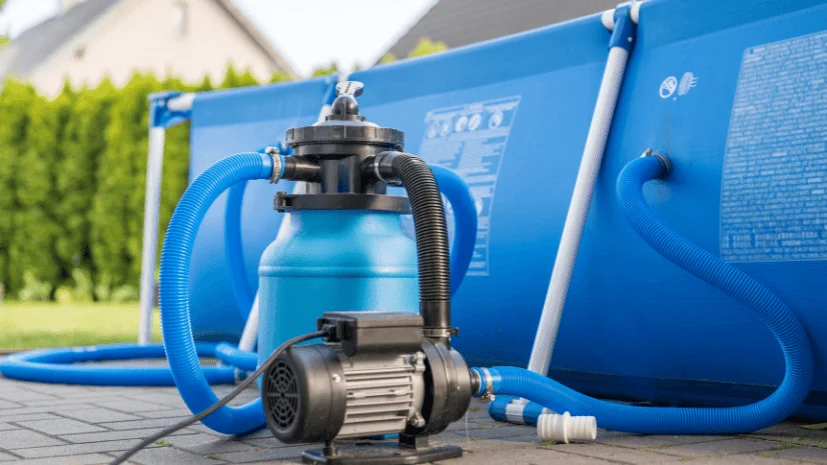
Pros of Sand Filters
● Effective Filtration: Sand filters remove larger particles and debris from pool water, such as leaves, twigs, dirt, and other visible contaminants. While they may not provide the same level of filtration as cartridge or DE filters, they can still keep the water clean and clear.
● Cost-Effective: Sand filters are generally more affordable upfront than cartridge or DE filters. They offer a cost-effective option for pool owners, especially those with larger pools or budget constraints.
● Low Maintenance: Sand filters are relatively low-maintenance compared to other types of filters. Routine maintenance typically involves backwashing the filter when the pressure gauge indicates a significant increase in pressure due to clogging. Backwashing cleans the sand and restores the filter’s efficiency. Occasionally, the filter sand may need to be replaced after several years of use, but this is not a frequent requirement.
● Longevity: With proper care and maintenance, sand filters can last long. The sand bed can last several years before needing replacement, making sand filters durable for pool filtration.
Cons of Sand Filters
● Finer Particles Pass-Through: Sand filters are less effective than cartridge or DE filters at capturing smaller particles. Finer particles like fine dust, pollen, or algae may pass through the sand bed and remain in the pool water. Additional pool maintenance, such as regular brushing and chemical treatments, may be necessary to manage these smaller contaminants.
● Backwashing and Water Consumption: Backwashing a sand filter requires significant water. This can result in water waste, especially in areas with water scarcity or high utility costs. However, advancements in sand filter technology have led to the development of more water-efficient models.
● Limited Filtration Capacity: Sand filters have a limited filtration capacity compared to cartridge or DE filters. Suppose the pool experiences a high debris load or significant contamination. In that case, the sand filter may struggle to remove all the debris effectively, leading to decreased filtration efficiency. Regular backwashing and maintenance are necessary to optimize performance.
3. Diatomaceous Earth (DE) Filters
Diatomaceous earth (DE) filters are highly efficient and offer exceptional water clarity. They utilize a fine powder made from fossilized diatoms, microscopic skeletal remains of algae-like plants. The DE powder coats filter grids or mesh within the filter, creating a highly effective filtration medium. DE filters are commonly found in commercial pools or situations where water clarity is paramount.
Let’s take a closer look at how DE filters work. DE filters use a combination of mechanical and microscopic filtration to achieve superior water clarity. The filter grids or mesh within the filter housing are coated with a layer of DE powder. As pool water passes through the filter, the DE powder captures and traps particles and impurities, including even the smallest debris, such as fine dust, pollen, bacteria, and algae. The filtration process results in exceptionally clean and clear water.
Regular backwashing is required to remove the accumulated debris and refresh the DE powder layer. After backwashing, a fresh layer of DE powder must be added to the filter for optimal filtration.
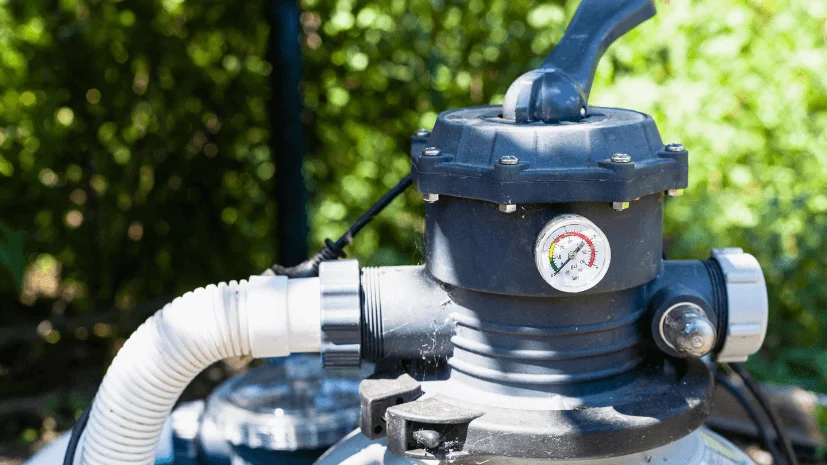
Pros of DE Filters
● Outstanding Filtration: DE filters offer the highest level of filtration among all pool filter types. The microscopic DE powder effectively captures the smallest particles, producing clear water. DE filters can remove particles as small as 2-5 microns in size, providing superior water quality.
● Water Clarity: DE filters are known for producing sparkling clear pool water. They excel in removing fine particles, including those that may cause cloudiness or affect water aesthetics. This makes DE filters an excellent choice for pool owners prioritizing water clarity.
● Energy Efficiency: DE filters operate at a lower pressure than sand filters, reducing energy consumption. This can lead to lower utility costs over time, as the pool pump can work less hard to maintain the required flow rate.
● Long Filter Cycles: DE filters have longer filter cycles than other filter types. This means that they can operate for a longer duration before requiring backwashing and maintenance. Longer filter cycles reduce the frequency of filter maintenance, making DE filters convenient for pool owners.
Cons of DE Filters
● Higher Cost: DE filters have a higher initial cost than other filter types. The filter housing, grids, and DE powder can be more expensive than sand or cartridge filters. However, the long-term benefits of exceptional filtration and water clarity often justify the higher cost for those prioritizing these aspects.
● More Complex Maintenance: DE filters require more maintenance compared to other filters. They need regular backwashing to remove accumulated debris and refresh the DE powder layer. Additionally, adding the appropriate amount of DE powder after each backwash can be more involved than other filter types.
● Environmental Considerations: Disposing of DE powder requires careful consideration due to its composition. DE powder should not be disposed of directly into storm drains or natural bodies of water. Instead, it should be properly contained and disposed of according to local regulations.
Which is the Best Type of Pool Filter for You?

Indeed, choosing the best type of pool filter depends on several factors specific to your pool’s needs and personal preferences. Here are some considerations to help you make an informed decision:
1. Filtration Capability: Consider the filtration requirements of your pool. A sand filter may be sufficient if you have a pool with minimal debris and larger particles. If you desire finer filtration and superior water clarity, cartridge or DE filters are better options. Assess the size and type of particles you want the filter to remove to determine your desired filtration capability.
2. Initial Cost: Consider your budget and the initial cost of the filter. Sand filters are the most affordable upfront, while cartridge and DE filters may have higher initial costs. Evaluate each filter type’s long-term benefits and maintenance costs to determine cost-effectiveness.
3. Ease of Operation: Consider your comfort level with operating and maintaining the filter. Sand filters are generally straightforward, while cartridge and DE filters require periodic cleaning or replacement of filter elements. Consider your willingness to perform maintenance tasks and choose a filter that aligns with your preferences.
4. Maintenance Routines and Costs: Evaluate each filter type’s maintenance routines and associated costs. Sand filters require occasional backwashing and sand replacement over time. Cartridge filters need periodic cleaning or replacement of the filter element. DE filters require regular backwashing and replenishing of the DE powder. Consider the time, effort, and expenses involved in maintaining each filter type.
5. Water Efficiency: Assess the water efficiency of the filter. Sand filters typically require more water for backwashing, while cartridge and DE filters are more water-efficient. Consider any water scarcity concerns or high utility costs in your area. Choose a filter that aligns with your water conservation goals.
6. Size of the Pool: Consider the size of your pool. Larger pools may require more robust filtration capabilities, making cartridge or DE filters a better choice. Sand filters may adequately service smaller pools with minimal debris loads.
7. Water Clarity Prioritization: If water clarity is your top priority, DE filters provide exceptional clarity due to their superior filtration capabilities. They are commonly used in commercial pools or for those who highly value pristine water clarity.
Ultimately, the best type of pool filter for you will depend on a combination of these factors, including filtration needs, budget, maintenance preferences, and water conservation considerations. It is advisable to consult with a pool professional who can assess your specific requirements and guide you in choosing the most suitable pool filter.
Pool Filter Installation and Maintenance Tips
Here are some installation and maintenance tips for pool filters:
Installation Tips
● Proper Placement: Ensure the filter is placed in a well-ventilated area, preferably near the pool equipment pad. It should be easily accessible for routine maintenance and repair.
● Plumbing Connections: Connect the filter to the pool’s plumbing system correctly, following the manufacturer’s instructions. Use appropriate fittings, seals, and clamps to prevent leaks and ensure proper water flow.
● Electrical Connections: If your filter requires electrical connections, follow the electrical safety guidelines provided by the manufacturer. Ensure all connections are properly grounded, and a qualified electrician installs electrical wiring.
● Pressure Gauge: Install a pressure gauge on the filter to monitor the pressure differential across the filter media. This helps indicate when it’s time for backwashing or cleaning.
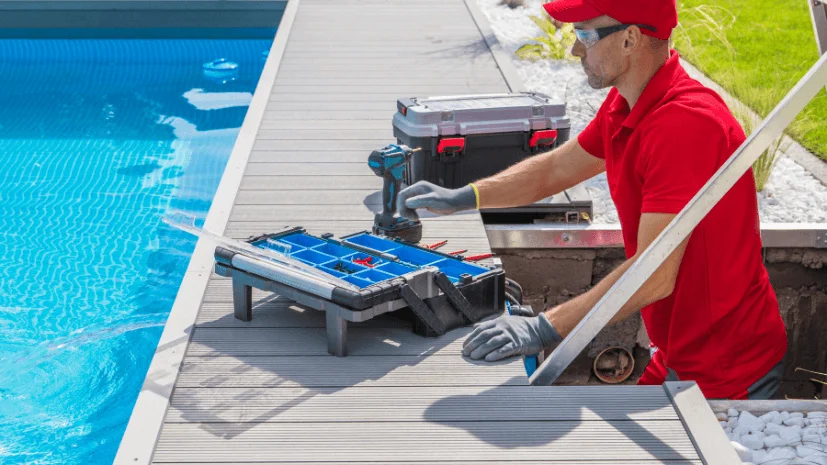
Maintenance Tips
● Regular Cleaning: Clean or replace the filter media as the manufacturer recommends. For cartridge filters, rinse the cartridges regularly or soak them in a cleaning solution to remove accumulated debris. Backwash the filter regularly for DE filters and add a fresh layer of DE powder after each backwash. For sand filters, backwash when the pressure gauge indicates a significant increase in pressure.
● Backwashing: Follow the manufacturer’s guidelines for backwashing. Backwashing is the process of reversing the flow of water through the filter to flush out trapped debris. Be sure to shut off the pump before changing the valve position and follow the specific backwashing procedure for your filter type.
● Inspect and Clean Valves: Regularly inspect and clean any valves associated with the filter, such as multiport or diverter valves. Ensure that they operate smoothly and are free from any blockages or leaks.
● Check O-rings and Seals: Periodically inspect the O-rings, seals, and gaskets for wear or damage. Replace any damaged components to maintain proper sealing and prevent leaks.
● Maintain Proper Water Chemistry: Proper water chemistry is crucial for the longevity and effecti

